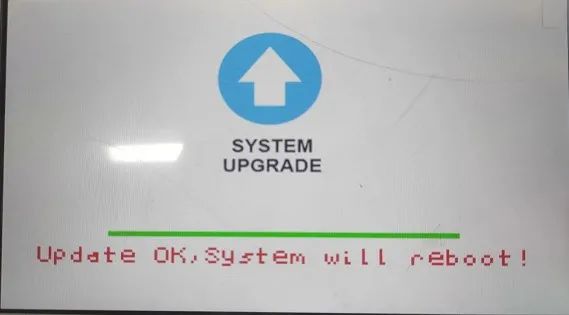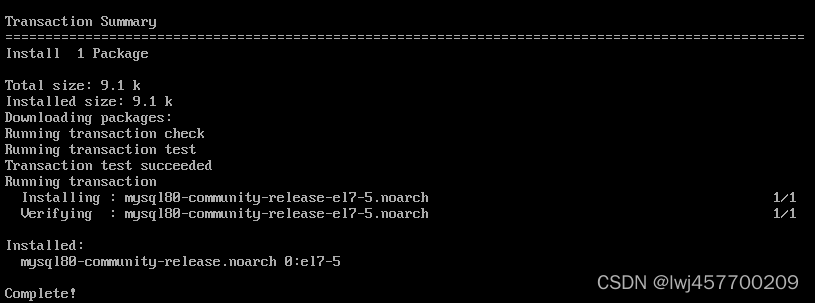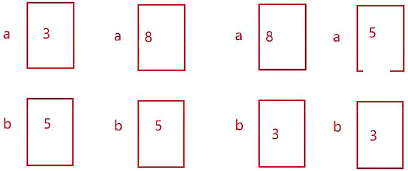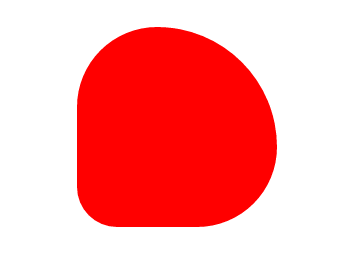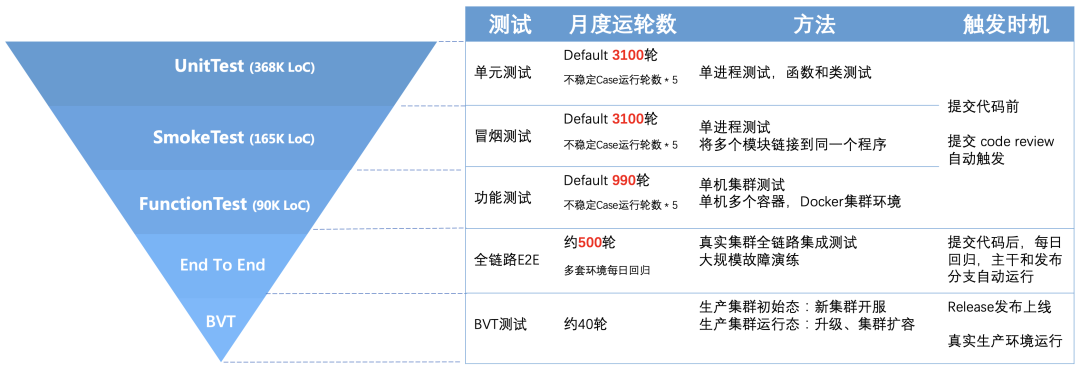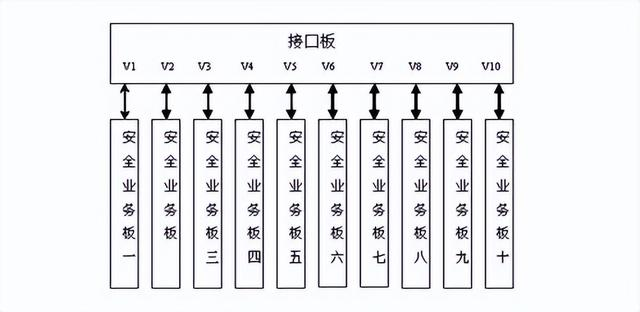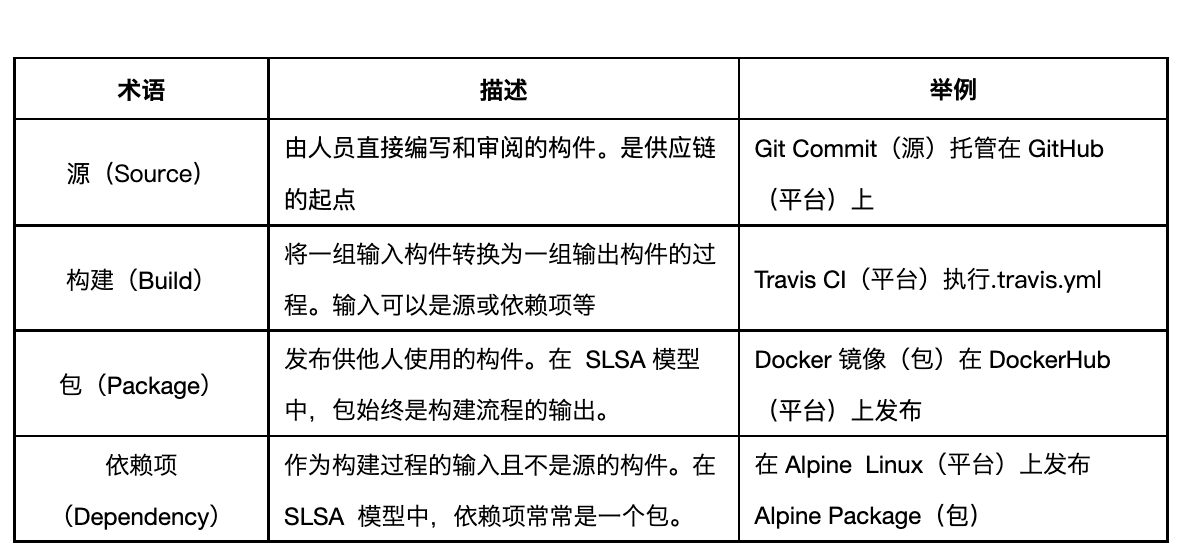当前位置:网站首页>TensorRTx-YOLOv5工程解读(二)
TensorRTx-YOLOv5工程解读(二)
2022-08-04 05:24:00 【单胖】
TensorRTx-YOLOv5工程解读(二)
具体Workflow
if (!wts_name.empty()) {
IHostMemory* modelStream{
nullptr };
APIToModel(BATCH_SIZE, &modelStream, is_p6, gd, gw, wts_name);
assert(modelStream != nullptr);
std::ofstream p(engine_name, std::ios::binary);
if (!p) {
std::cerr << "could not open plan output file" << std::endl;
return -1;
}
p.write(reinterpret_cast<const char*>(modelStream->data()), modelStream->size());
modelStream->destroy();
return 0;
}
在加载完毕权重之后,建立IHostMemory*类型的变量modelStream,并将构建好的engine保存在本地磁盘之中。
之所以要把engine文件保存在本地,是因为如果每次运行程序之前都要重新制作一遍engine,整个过程将会非常的缓慢。而具体的engine制作工艺的流程就在函数APItoModel之内。因此具体分析一下APItoModel。
void APIToModel(unsigned int maxBatchSize, IHostMemory** modelStream, bool& is_p6, float& gd, float& gw, std::string& wts_name) {
// Create builder
IBuilder* builder = createInferBuilder(gLogger);
IBuilderConfig* config = builder->createBuilderConfig();
// Create model to populate the network, then set the outputs and create an engine
ICudaEngine *engine = nullptr;
if (is_p6) {
engine = build_engine_p6(maxBatchSize, builder, config, DataType::kFLOAT, gd, gw, wts_name);
} else {
engine = build_engine(maxBatchSize, builder, config, DataType::kFLOAT, gd, gw, wts_name);
}
assert(engine != nullptr);
// Serialize the engine
(*modelStream) = engine->serialize();
// Close everything down
engine->destroy();
builder->destroy();
config->destroy();
}
APItoModel中的就是engine的一般传统工艺。首先声明IBuilder*类型的builder,后面很多组件都会需要builder来build之。接着声明IBuilderConfig*类型的config,使用builder中的方法createBuilderConfig来创建,顾名思义,就是创建了一个build过程中的配置变量。
然后声明一个ICudaEngine*类型的engine变量。这个变量初始化为空指针即可。
接着就是调用build_engine()函数去创建engine,具体build_engine函数在下面分析。拿到engine后,将其序列化,赋值给*modelStream。engine在序列化后才能够保存到本地。
回到主函数,创建一个std::ofstream的对象p,并用p.write()函数保存modelStream->data()和modelStream->size(),再destroy()modelStream。
回过头来看build_engine()函数。
ICudaEngine* build_engine(unsigned int maxBatchSize, IBuilder* builder, IBuilderConfig* config, DataType dt, float& gd, float& gw, std::string& wts_name) {
INetworkDefinition* network = builder->createNetworkV2(0U);
// Create input tensor of shape {3, INPUT_H, INPUT_W} with name INPUT_BLOB_NAME
ITensor* data = network->addInput(INPUT_BLOB_NAME, dt, Dims3{
3, INPUT_H, INPUT_W });
assert(data);
std::map<std::string, Weights> weightMap = loadWeights(wts_name);
/* ------ yolov5 backbone------ */
auto focus0 = focus(network, weightMap, *data, 3, get_width(64, gw), 3, "model.0");
auto conv1 = convBlock(network, weightMap, *focus0->getOutput(0), get_width(128, gw), 3, 2, 1, "model.1");
auto bottleneck_CSP2 = C3(network, weightMap, *conv1->getOutput(0), get_width(128, gw), get_width(128, gw), get_depth(3, gd), true, 1, 0.5, "model.2");
auto conv3 = convBlock(network, weightMap, *bottleneck_CSP2->getOutput(0), get_width(256, gw), 3, 2, 1, "model.3");
auto bottleneck_csp4 = C3(network, weightMap, *conv3->getOutput(0), get_width(256, gw), get_width(256, gw), get_depth(9, gd), true, 1, 0.5, "model.4");
auto conv5 = convBlock(network, weightMap, *bottleneck_csp4->getOutput(0), get_width(512, gw), 3, 2, 1, "model.5");
auto bottleneck_csp6 = C3(network, weightMap, *conv5->getOutput(0), get_width(512, gw), get_width(512, gw), get_depth(9, gd), true, 1, 0.5, "model.6");
auto conv7 = convBlock(network, weightMap, *bottleneck_csp6->getOutput(0), get_width(1024, gw), 3, 2, 1, "model.7");
auto spp8 = SPP(network, weightMap, *conv7->getOutput(0), get_width(1024, gw), get_width(1024, gw), 5, 9, 13, "model.8");
/* ------ yolov5 head ------ */
auto bottleneck_csp9 = C3(network, weightMap, *spp8->getOutput(0), get_width(1024, gw), get_width(1024, gw), get_depth(3, gd), false, 1, 0.5, "model.9");
auto conv10 = convBlock(network, weightMap, *bottleneck_csp9->getOutput(0), get_width(512, gw), 1, 1, 1, "model.10");
auto upsample11 = network->addResize(*conv10->getOutput(0));
assert(upsample11);
upsample11->setResizeMode(ResizeMode::kNEAREST);
upsample11->setOutputDimensions(bottleneck_csp6->getOutput(0)->getDimensions());
ITensor* inputTensors12[] = {
upsample11->getOutput(0), bottleneck_csp6->getOutput(0) };
auto cat12 = network->addConcatenation(inputTensors12, 2);
auto bottleneck_csp13 = C3(network, weightMap, *cat12->getOutput(0), get_width(1024, gw), get_width(512, gw), get_depth(3, gd), false, 1, 0.5, "model.13");
auto conv14 = convBlock(network, weightMap, *bottleneck_csp13->getOutput(0), get_width(256, gw), 1, 1, 1, "model.14");
auto upsample15 = network->addResize(*conv14->getOutput(0));
assert(upsample15);
upsample15->setResizeMode(ResizeMode::kNEAREST);
upsample15->setOutputDimensions(bottleneck_csp4->getOutput(0)->getDimensions());
ITensor* inputTensors16[] = {
upsample15->getOutput(0), bottleneck_csp4->getOutput(0) };
auto cat16 = network->addConcatenation(inputTensors16, 2);
auto bottleneck_csp17 = C3(network, weightMap, *cat16->getOutput(0), get_width(512, gw), get_width(256, gw), get_depth(3, gd), false, 1, 0.5, "model.17");
/* ------ detect ------ */
IConvolutionLayer* det0 = network->addConvolutionNd(*bottleneck_csp17->getOutput(0), 3 * (Yolo::CLASS_NUM + 5), DimsHW{
1, 1 }, weightMap["model.24.m.0.weight"], weightMap["model.24.m.0.bias"]);
auto conv18 = convBlock(network, weightMap, *bottleneck_csp17->getOutput(0), get_width(256, gw), 3, 2, 1, "model.18");
ITensor* inputTensors19[] = {
conv18->getOutput(0), conv14->getOutput(0) };
auto cat19 = network->addConcatenation(inputTensors19, 2);
auto bottleneck_csp20 = C3(network, weightMap, *cat19->getOutput(0), get_width(512, gw), get_width(512, gw), get_depth(3, gd), false, 1, 0.5, "model.20");
IConvolutionLayer* det1 = network->addConvolutionNd(*bottleneck_csp20->getOutput(0), 3 * (Yolo::CLASS_NUM + 5), DimsHW{
1, 1 }, weightMap["model.24.m.1.weight"], weightMap["model.24.m.1.bias"]);
auto conv21 = convBlock(network, weightMap, *bottleneck_csp20->getOutput(0), get_width(512, gw), 3, 2, 1, "model.21");
ITensor* inputTensors22[] = {
conv21->getOutput(0), conv10->getOutput(0) };
auto cat22 = network->addConcatenation(inputTensors22, 2);
auto bottleneck_csp23 = C3(network, weightMap, *cat22->getOutput(0), get_width(1024, gw), get_width(1024, gw), get_depth(3, gd), false, 1, 0.5, "model.23");
IConvolutionLayer* det2 = network->addConvolutionNd(*bottleneck_csp23->getOutput(0), 3 * (Yolo::CLASS_NUM + 5), DimsHW{
1, 1 }, weightMap["model.24.m.2.weight"], weightMap["model.24.m.2.bias"]);
auto yolo = addYoLoLayer(network, weightMap, "model.24", std::vector<IConvolutionLayer*>{
det0, det1, det2});
yolo->getOutput(0)->setName(OUTPUT_BLOB_NAME);
network->markOutput(*yolo->getOutput(0));
// Build engine
builder->setMaxBatchSize(maxBatchSize);
config->setMaxWorkspaceSize(16 * (1 << 20)); // 16MB
#if defined(USE_FP16)
config->setFlag(BuilderFlag::kFP16);
#elif defined(USE_INT8)
std::cout << "Your platform support int8: " << (builder->platformHasFastInt8() ? "true" : "false") << std::endl;
assert(builder->platformHasFastInt8());
config->setFlag(BuilderFlag::kINT8);
Int8EntropyCalibrator2* calibrator = new Int8EntropyCalibrator2(1, INPUT_W, INPUT_H, "./coco_calib/", "int8calib.table", INPUT_BLOB_NAME);
config->setInt8Calibrator(calibrator);
#endif
std::cout << "Building engine, please wait for a while..." << std::endl;
ICudaEngine* engine = builder->buildEngineWithConfig(*network, *config);
std::cout << "Build engine successfully!" << std::endl;
// Don't need the network any more
network->destroy();
// Release host memory
for (auto& mem : weightMap)
{
free((void*)(mem.second.values));
}
return engine;
}
这个函数很明显是在手写YOLOv5的network结构。首先先声明INetworkDefinition*类型的变量network,此处也是需要使用builder->createNetworkV2()来创建。再创建网络的输入张量,即声明ITensor*类型的data变量,由network->addInput来创建即可。这个输入张量需要在函数中指定输入张量的大小。
接下来就是定义YOLOv5的各个层。自定义层稍后做分析。
网络搭建完成后,通过builder->setMaxBatchSize()设置最大Batch的大小,再使用config->setMaxWorkspaceSize()设置每一层在实现时最大需要多少临时工作空间。最后使用config->setFlag设置推理的数据类型,一般设置成kFP16,不少平台不支持int8。
设置完毕后,在builder中调用builder->buildEngineWithConfig(*network, *config);即可完成engine的创建,再将netwok销毁,并释放内存空间。
边栏推荐
- JS基础--强制类型转换(易错点,自用)
- 《看见新力量》第四期免费下载!走进十五位科技创业者的精彩故事
- Programming hodgepodge (4)
- 3面头条,花7天整理了面试题和学习笔记,已正式入职半个月
- 数的划分之动态规划
- 获取单选框选中内容
- 读者让我总结一波 redis 面试题,现在肝出来了
- Cannot read properties of null (reading ‘insertBefore‘)
- C Expert Programming Chapter 4 The Shocking Fact: Arrays and Pointers Are Not the Same 4.5 Other Differences Between Arrays and Pointers
- 【一步到位】Jenkins的安装、部署、启动(完整教程)
猜你喜欢
随机推荐
3面头条,花7天整理了面试题和学习笔记,已正式入职半个月
C专家编程 第4章 令人震惊的事实:数组和指针并不相同 4.1 数组并非指针
心余力绌:企业面临的软件供应链安全困境
4.1 声明式事务之JdbcTemplate
使用Loadrunner进行性能测试
C Expert Programming Chapter 5 Thinking about Linking 5.1 Libraries, Linking and Loading
Towards Real-Time Multi-Object Tracking (JDE)
力扣:509. 斐波那契数
DataTable uses Linq for grouping and summarization, and converts the Linq result set into DataTable
About yolo7 and gpu
BFC、IFC、GFC、FFC概念理解、布局规则、形成方法、用处浅析
8大软件供应链攻击事件概述
OpenSSF 安全计划:SBOM 将驱动软件供应链安全
高性能高可靠性高扩展性分布式防火墙架构
败给“MySQL”的第60天,我重振旗鼓,四面拿下蚂蚁金服offer
C Expert Programming Chapter 5 Thinking about Linking 5.2 Advantages of Dynamic Linking
C专家编程 第5章 对链接的思考 5.6 轻松一下---看看谁在说话:挑战Turning测验
The symbol table
《看见新力量》第四期免费下载!走进十五位科技创业者的精彩故事
2023年PMP考试会用新版教材吗?回复来了!

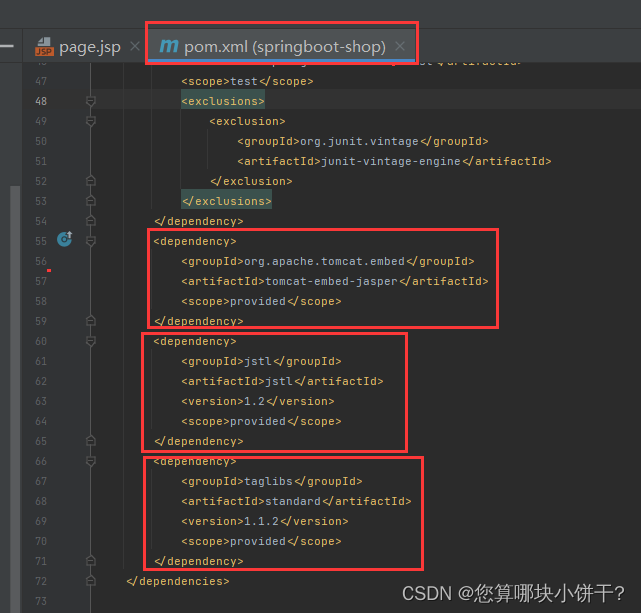
![[Cloud Native--Kubernetes] Pod Resource Management and Probe Detection](/img/1a/b3bdf9b62c82b0fc4d913045981d94.png)
